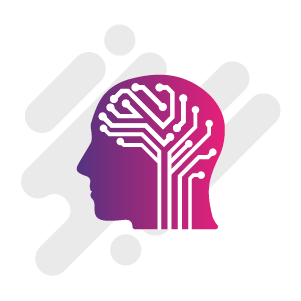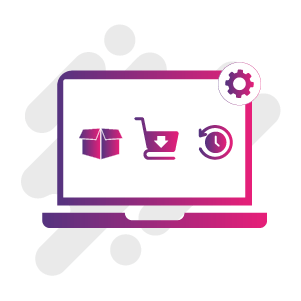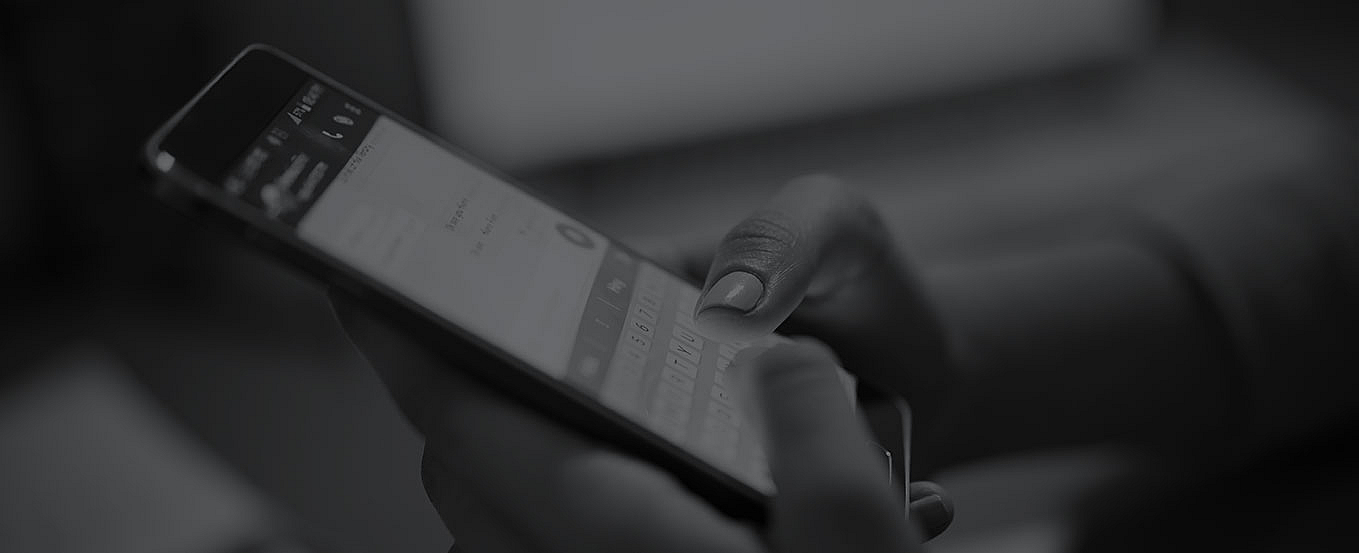Customers today demand relevant and engaging interactions from brands. Businesses need to understand their customers better in order for them to drive relevant conversations with customers. But doing this at scale means, browsing through copious amounts of data and mapping out various sets of customer personas that can be targeted with personalized content.
According to an Ascend2 report on Optimizing B2B Marketing Automation, “Mapping the customer experience and use of personalized content are deemed the most effective tactics for optimizing marketing automation”. Another Ascend 2 Report on Email Marketing Strategy states that, “The ability to segment email lists and individualize email campaign messaging are the most effective personalization tactics for 51% of marketing influencers."

What is important to understand is that personalizing content is highly dependent on the segmentation strategy that businesses adopt. A Marketing Automation tool that can chart out what customers are looking for, what their preferences are, what are their choices, what are their likes/dislikes and many more of such attributes lets marketers gain an insight into the mind of the customers and create messages that are more relevant to them.
So, what is segmentation and why is it important?
The method of Segmentation has evolved to adapt to the modern customer’s needs. Choosing the correct method of segmentation as per the marketing strategy can make this process 10 times more effective.
To put it simply, Data Segmentation is the process of dividing available customer data into finer segments that share some common attributes. The process helps marketers to identify, determine and target audience as per their various business needs. It is also a tactical way to facilitate differentiated communication for each customer group so as to address them with communications that match their interests and likes.
Challenges of Traditional Segmentation
Marketers have been following the practice of segmentation to better understand and target their customers for a long time. However, the traditional way of segmenting data has been mostly based on data segments like gender, age, interests, geography and so on.
Defining customers on which part of the city or country they come from or which gender they belong to make any particular segment very vast, thus beating the whole purpose of classifying them. Needs of customers today have become dynamic and are no more restricted to societal restrictions.
Types of Customer Segmentation
Geographic Segmentation
One of the most traditional ways of dividing any customer base is via their location. According to this segmentation, firms may choose to target a specific country, city, or town to market their product/service. While this might not be a good online sales approach but however, for retailers, it helps them to create dominance over a certain geographical area through targeted marketing and advertising within that location. While selling online, this kind of segmentation can be useful in terms of certain products but typically it is more of a restriction than a privilege.

Geographic Segmentation

One of the most traditional ways of dividing any customer base is via their location. According to this segmentation, firms may choose to target a specific country, city, or town to market their product/service. While this might not be a good online sales approach but however, for retailers, it helps them to create dominance over a certain geographical area through targeted marketing and advertising within that location. While selling online, this kind of segmentation can be useful in terms of certain products but typically it is more of a restriction than a privilege.

Demographic Segmentation
One of the oldest and most common types of segmentation practiced by marketers. It basically divides the customer base on the basis of age, race, education, nationality, income and occupation. While it may be ideal in differentiating on a wider level but when it comes to customizing communication on a personal level, it fails to deliver intimate data.
Demographic Segmentation

One of the oldest and most common types of segmentation practiced by marketers. It basically divides the customer base on the basis of age, race, education, nationality, income and occupation. While it may be ideal in differentiating on a wider level but when it comes to customizing communication on a personal level, it fails to deliver intimate data.
Psychographic Segmentation
This is the most effective way of modern segmentation as it brings into consideration consumer attributes such as emotions, perceptions, interests, beliefs and attitude. This method of segmentation might not have been possible earlier due to a limitation in variety or depth of customer data available but today with so many ways present to interact and connect with the audience, the available data is much more insightful. Such segmentation can help a great deal in customizing messaging in terms of visuals, channels, words and the tone of voice.

Psychographic Segmentation

This is the most effective way of modern segmentation as it brings into consideration consumer attributes such as emotions, perceptions, interests, beliefs and attitude. This method of segmentation might not have been possible earlier due to a limitation in variety or depth of customer data available but today with so many ways present to interact and connect with the audience, the available data is much more insightful. Such segmentation can help a great deal in customizing messaging in terms of visuals, channels, words and the tone of voice.

Behavioral Segmentation
This is also a modern method of segmentation used by dividing customers into groups based on their browsing pattern, purchasing history and preferences in relation to a product. Events to consider to narrow down your users could be the time and day they open marketing communication emails, the channel/device they use the most to view marketing communications, the products they view online, the kind of messaging they most respond to and so on. This kind of segmentation is the most effective way to customize messaging that is conversion-savvy.
Behavioral Segmentation

This is also a modern method of segmentation used by dividing customers into groups based on their browsing pattern, purchasing history and preferences in relation to a product. Events to consider to narrow down your users could be the time and day they open marketing communication emails, the channel/device they use the most to view marketing communications, the products they view online, the kind of messaging they most respond to and so on. This kind of segmentation is the most effective way to customize messaging that is conversion-savvy.
Evolution of Market Segmentation
As the audience and marketing platforms have evolved, so has the process of segmenting data. It is the era of micro-segmenting and so groups are getting smaller and intimate based on a customer’s attitude and behavior. The purpose of micro-segmenting is to cut through the clutter and directly engage the customer with more relevant messaging over multiple channels. This process of engaging a customer generates a desired response and increases the chances of conversion.
With endless touchpoints and data to process and target, market segmentation needs technology to do it justice. The one big purpose that segmentation needs to meet today is tailoring communication as per individual consumers instead of subjecting them to generic communication. As a consumer’s behavior is dynamic, their segmentation also has to be real-time to match their needs.
Importance of Real-time Segmentation
Staying ahead of the customers in understanding their needs and providing them with customized solutions is what makes marketing more effective today. Real-time segmenting allows marketers to decode customer needs by analyzing and understanding customer behavior as soon as the event takes place. This allows the marketers to seize that window of opportunity where the customer is most likely to respond.

With real-time segmenting, you can also share targeted communications in real-time with customers at their optimum moments of influence to increase conversion rates. For example: In case of an online video streaming app, if a customer has finished watching the first season of a popular series, they are most likely to continue watching more if they are aware of the season 2 streaming at the same time. But, for some reason, they missed out on noticing the availability of next season and exit the app. In this case, this particular segment of the customer can be easily brought back to the app with an enticing push-app message about the next season. But, if your segmentation process isn’t real-time and fails to identify and target this segment, then a good conversion opportunity is lost then and there.
Segmentation + Marketing Automation = WIN-WIN!
Segmentation helps identify the channel a customer uses or prefers, while marketing automation will leverage this information to send out time-sensitive messages through the right channel in the right frequency. Marketing automation speeds up the process of segmenting data while carefully and timely targeting those segments in an efficient and personalized way. The combination is a guaranteed win-win for every industry.
While segmentation will help you win half your battle, Marketing Automation will guarantee success. Karix’s Marketing automation platform, Gamooga, allows marketers to streamline their personalization and segmentation needs in a real-time manner. It facilitates marketers with a dynamic platform that creates customized campaigns to create more impactful communications for the end-user.
Gamooga processes millions of datapoints in milliseconds through real-time segmentation and targets customers according to their behavioral preferences. Give your marketing segmentation the power of a strong Marketing Automation platform by scheduling a demo with us today.


